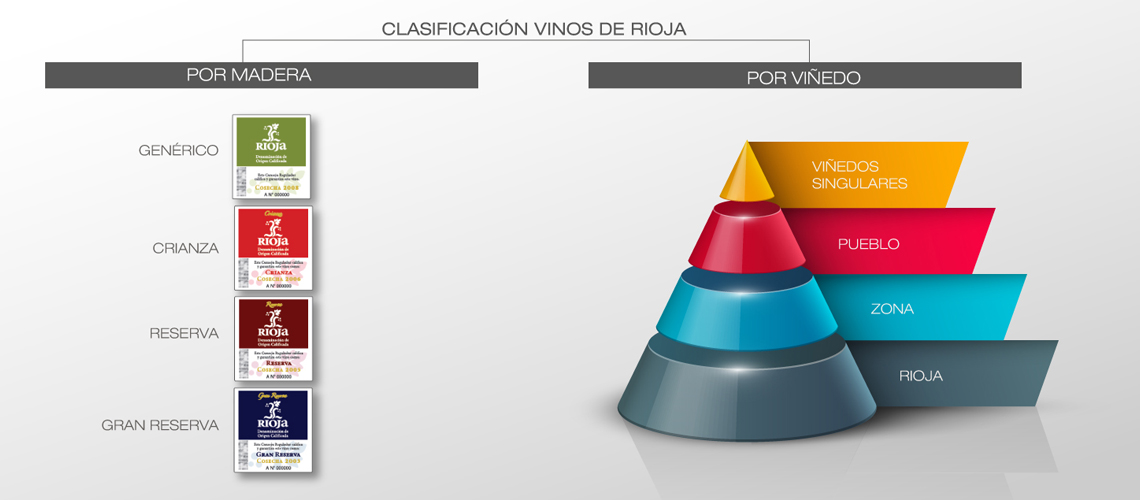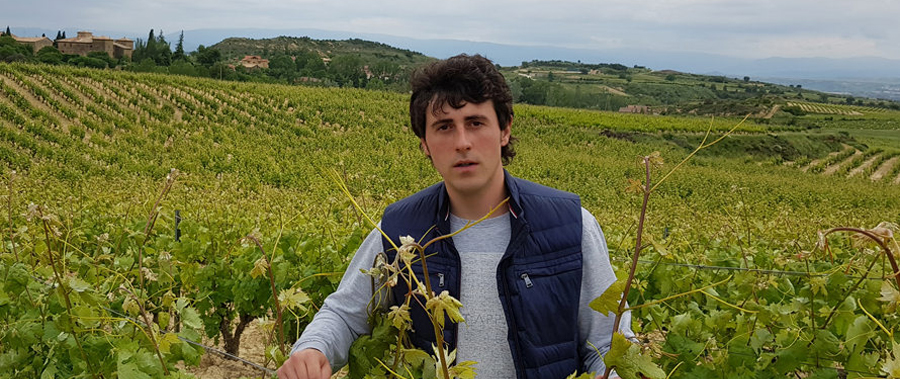
Señorío de Villarica
5 February, 2019
The ‘new’ Rioja on restaurant wine lists
5 February, 2019You only have to ask the historic oenologists about the tanks that they tasted samples from and how they could distinguish the origin of each of them on tasting the wine and know, for example, how a wine from the area of Villaba or from Los Obarenes was going to offer the acidity that is fundamental for ageing a tempranillo from Haro or La Sonsierra or how a garnacha from Tudelilla was going to combine perfectly in order to make historic Rioja wines which blend varieties and origins.
SEE VIDEO: THE NEW WINES FROM RIOJA

This recognition of local, regional wines has always existed, although it has been masked in recent years, and since the beginning of the century, Bodegas Familiares de Rioja has been promoting the distinction of wines based on the location of the vineyards: the plots and estates, the districts and areas, with the specific characteristics of the great and extensive denomination that is La Rioja, the wine region that we like to call the land of a thousand wines.
This summer, the Regulatory Council finally gave a nod to its historic vineyards by approving the new category of ‘Singular Vineyards’, a select club of wines from estates or plots featuring a recognised uniqueness of their own and strict production requirements. Bodegas Familiares pushed for this category, in a decision that we consider to be historic, on a par with securing the status of ‘Certified’ (which prohibited bulk sales and made it compulsory for all wine from La Rioja to be bottled at its place of origin) in 1991, or the approval of new local grape varieties in 2009, which was actually promoted, through research and regeneration, by our association.
The second component approved was the development of local (town) and area wines (Rioja Alta, Rioja Alavesa and Rioja Baja), which have been regulated since 1999 but for which a new direction is sought. In this respect, from now on, on the new La Rioja labels the area and town where the grapes are from may be featured, two new categories which make it possible to know the specific origin of the wine and, above all, to start exploiting geographical diversity.
At Bodegas Familiares de Rioja we would have preferred a clearer commitment to origin, particularly in the case of local wines, which do not follow the same criteria as wines from ‘Singular Vineyards’, since production limits have not been established under the ‘generic’ Rioja brand (up to a maximum of 100% in the field and 70% in the winery as we advocated) and although there is a requirement for the winery to be located in the town in order to make local wines, for us the important element is the vineyard, not the building, as such we will continue to work to try and improve things.
In any case, this new pyramid, at the top of which wines from Singular Vineyards are placed, followed by wines from the municipality, wines from the area and, finally, wines from the La Rioja region, is the first classification based on origin that consumers are going to discover – although these wines will reach the market gradually – not only offering them information about the time in the barrel and in the winery, but also the specific origin of the wine because a garnacha from La Sierra de Yerga has nothing in common with one from Najerilla and a tempranillo from Los Obarenes has nothing in common with one from La Sonsierra.
The new categories
- Singular Vineyards: the vineyard must be at least 35 years old and the maximum acceptable yield is 5000 kilos per hectare for red grapes and 6922 kilos for white grapes (77% of the normal yield of 100%) with 65% being transformed in the winery (usually 70%).
- Local wines: At least 85% of the grapes must come from the town referred to and the rest from neighbouring towns.
- Area wines: At least 85% of the grapes must come from the area referred to (Rioja Alta, Rioja Oriental – formerly Baja – and Rioja Alavesa) and the rest from neighbouring areas.


